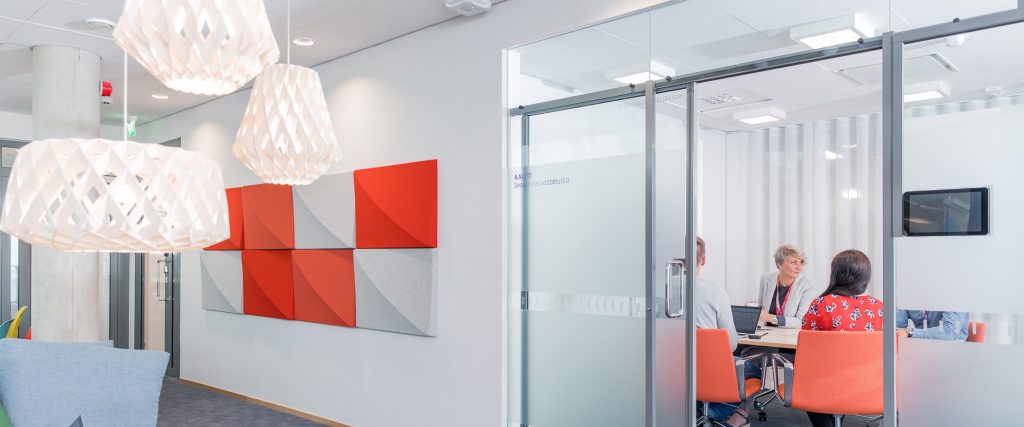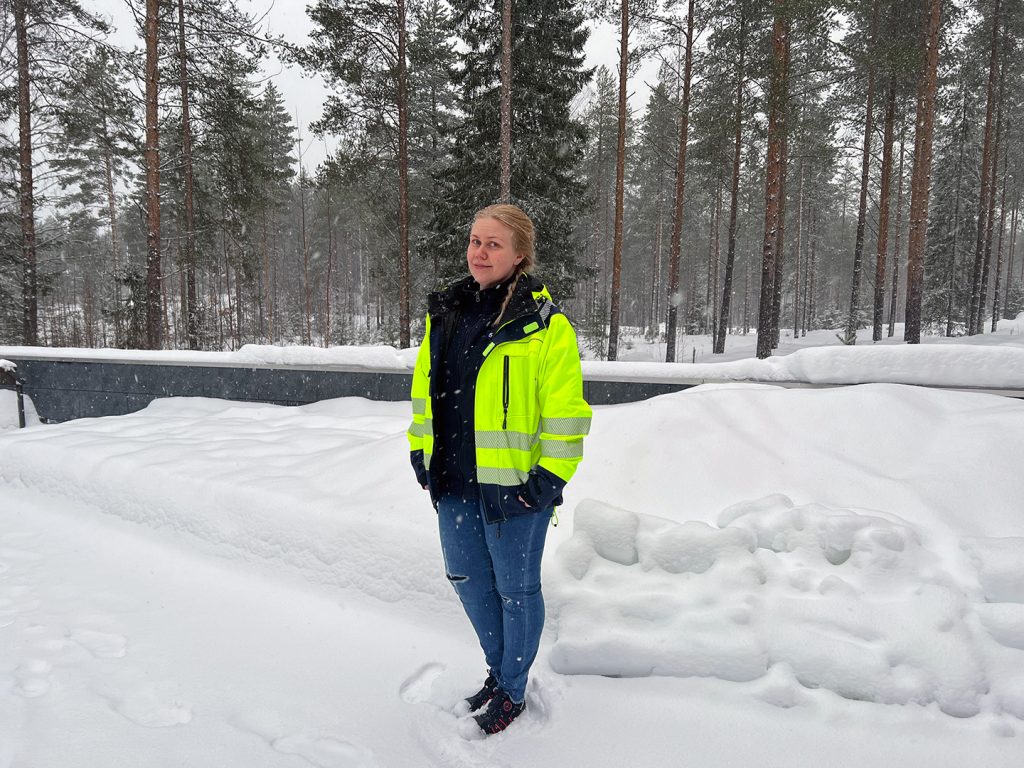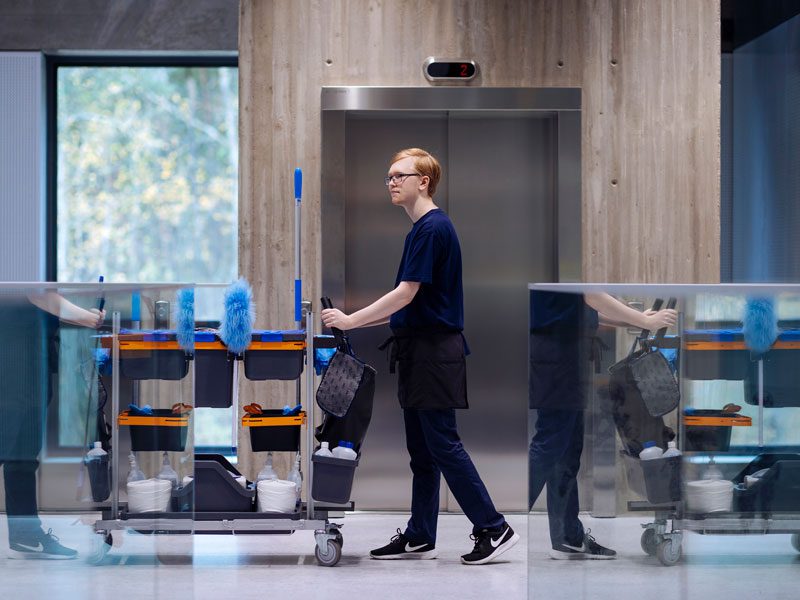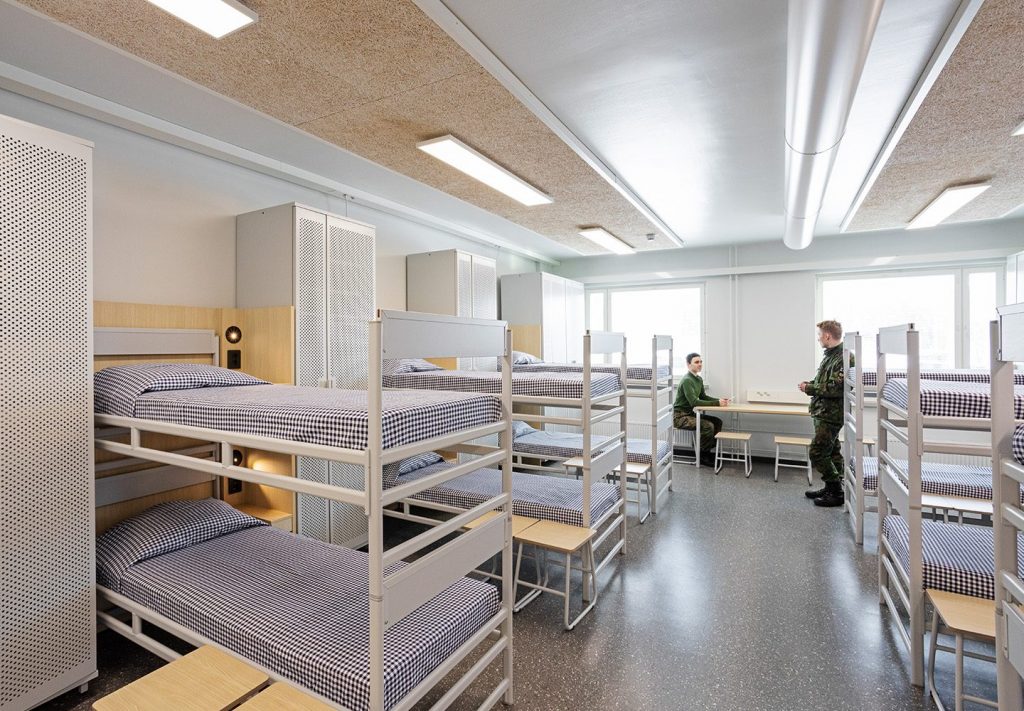Senate Properties manages more than 9,000 buildings in which more than 70,000 people work. Indoor climate specialist Anne Korpi says that Senate Properties has a great possibility and responsibility to affect indoor air quality in central government workplaces.
“Since large numbers of premises and facilities users are involved, it’s clear that we do a lot of good work for a good indoor environment. We try to harmonise working practices that are proactive and react to indoor air deviations.”
Anne Korpi’s “For good indoor air” (in Finnish) information campaign has compiled the actions that Senate Properties uses to ensure good indoor air. Here are six key takeaways:
1. Take indoor air matters into account already in the construction phase
Senate Properties defines for each project the energy performance and maintenance goals, the need for Sensi spaces designed for highly sensitive persons and the sensor needs for monitoring indoor conditions.
Experts carry out a sufficiently extensive investigation of any harmful substances in structures in good time. Property management and cleaning expertise are utilised at the design stage. Minimising the risk of moisture and dust comes as standard. After a project completes, property management and cleaning receive induction on how to operate on the premises while maintaining good indoor conditions.
2. Conditions data model makes monitoring more efficient
Senate Properties was the first in Finland to introduce a conditions data model (CDM) for property maintenance in its pilot sites. A CDM combines the building information model (BIM), condition measurements, service requests and user feedback. A CDM can be used to more efficiently detect any deviations in indoor conditions that require measures. In addition, at the request of property managers, measurements of the most common indoor condition variables can be carried out in Senate Properties even at short notice.
3. Quality audit and bonus incentivise
Annual property management quality audit checks how well property management takes account of matters that are important to facilities users, and how informed it is about the indoor conditions and energy efficiency of the property it is responsible for. Audits also pay attention to proactive maintenance and care of the property. In addition, assessment includes both the ease of cooperation with stakeholders and the reporting of activities.
Similarly, the cleaning quality audit assesses the end result of the cleaning of all surfaces in relation to the requirements of the cleanliness level – how the surfaces must look after cleaning and how much dirt is allowed to be visible. The results of the quality audit affect the amount of any bonus or sanction.
4. Regular inspections reveal problems in time
Regular inspections of structures and ventilation carried out at three-year intervals aim to detect early warning signs that if left untreated have or may have negative effects on indoor conditions. Based on the inspection results, we target and prioritise more detailed condition investigations, upkeep, maintenance and investments.
5. Facilities users are informed
During the use of the facilities, it must be ensured that facilities users know how they can improve or adversely affect indoor air quality through their own choices. It should be remembered, for example, that indoor air is affected by the number of persons in a space and the storage of outdoor equipment and that ornaments, plants and tangled wires affect cleanliness. This is why indoor air information campaigns have been made and indoor air clinics held. The information campaigns tell about indoor air matters in a practical way and raise the ways of working Senate Properties observes and future trends with measures. The information campaign themes have been chosen on the basis of Senate Properties clients’ FAQs.
6. Indoor air detection dogs and experts on inspection rounds
At the beginning of 2019, a team of five experts and 12 indoor air detection dogs began working at Senate Properties. The specially trained dogs indicate those places where the smell of microbes enters the room air. Inspection rounds also make use of advanced measurement technology to enable the study of factors affecting indoor air quality such as chemical emissions and the quantities of particulates or carbon dioxide in the air.
Download and read Anne Korpi’s ”For good indoor air” (in Finnish) information campaign










